In the fascinating world of big cats, there lies an intriguing auditory phenomenon: some cats roar thunderously while others purr gently. This intriguing divergence compels us to explore the reasons why certain members of the big cat family produce such different sounds. Understanding this unique characteristic sheds light on the biological and evolutionary marvels of these majestic creatures. Let’s delve into the science, evolution, and the subtle distinctions that set apart the roarers from the purrers.
The Family Felidae: An Overview
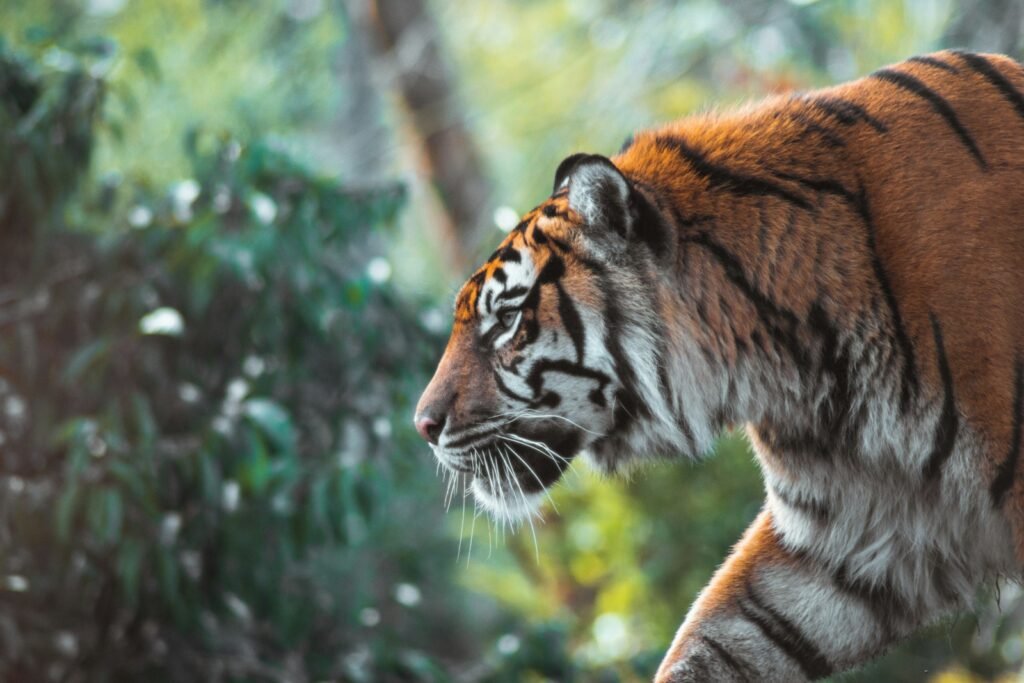
The family Felidae encompasses a diverse group of animals known commonly as cats. Within this family, big cats are distinguished by several characteristics, most notably their sounds. Members include lions, tigers, leopards, and jaguars, led by their roaring capability, while others like cheetahs and domestic cats are known for purring. This distinction lies at the heart of what makes each species unique.
Evolutionary Roots of Roaring
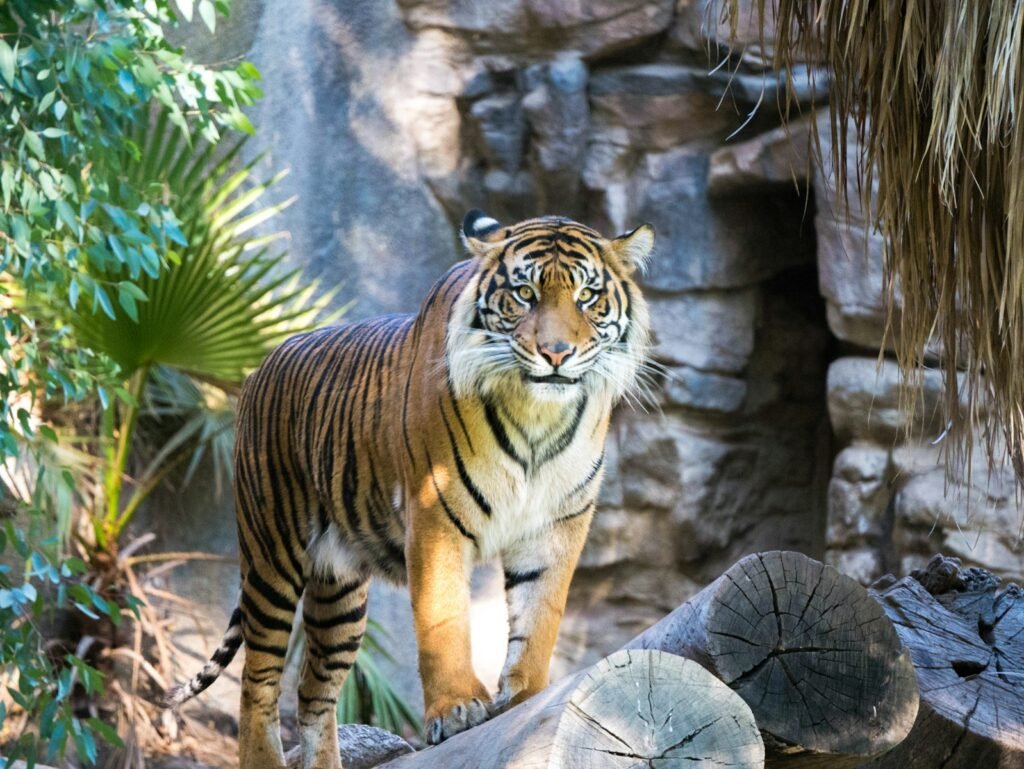
The ability to roar is deeply rooted in evolutionary adaptations. Roaring originally evolved as a means for big cats to communicate across vast distances, an essential trait for species with large territorial ranges. This adaptation allows animals like lions to maintain social structures or warn potential rivals without physical confrontation.
The Anatomy Behind the Roar
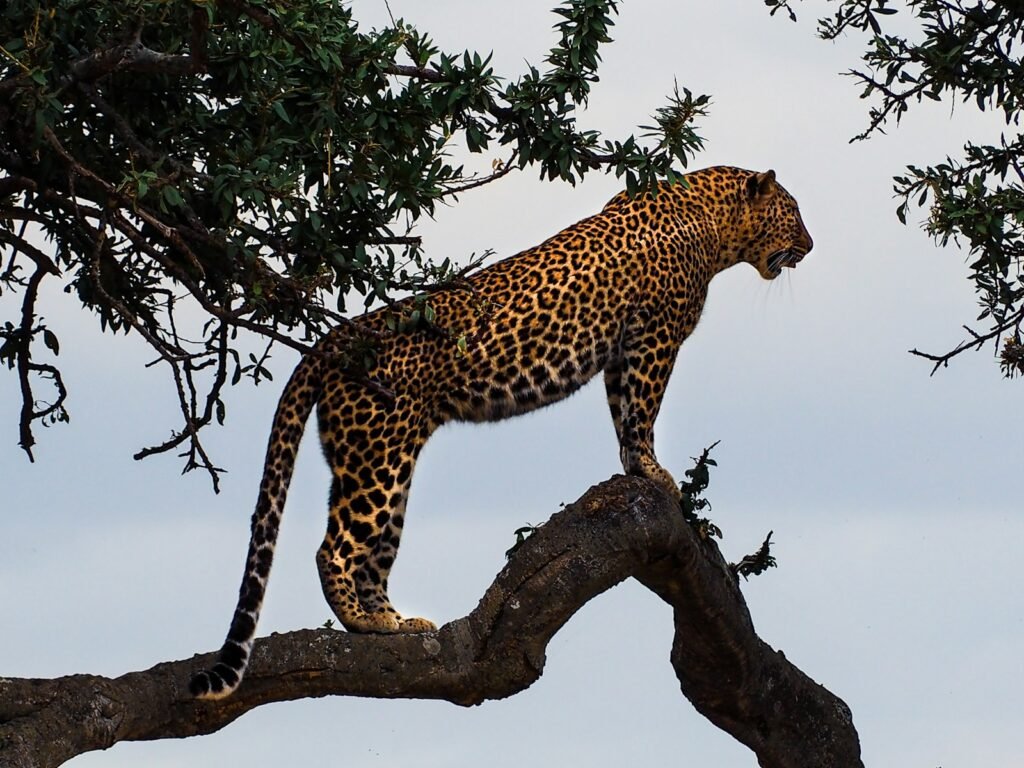
Roaring is made possible by specialized anatomical structures. Big cats that roar possess a unique modification in their larynx, primarily the hyoid bone, which is not entirely ossified, along with powerful vocal folds. This flexibility and strength allow for the deep, resonant sounds that can be heard over several miles.
Purring: The Silent Communicator
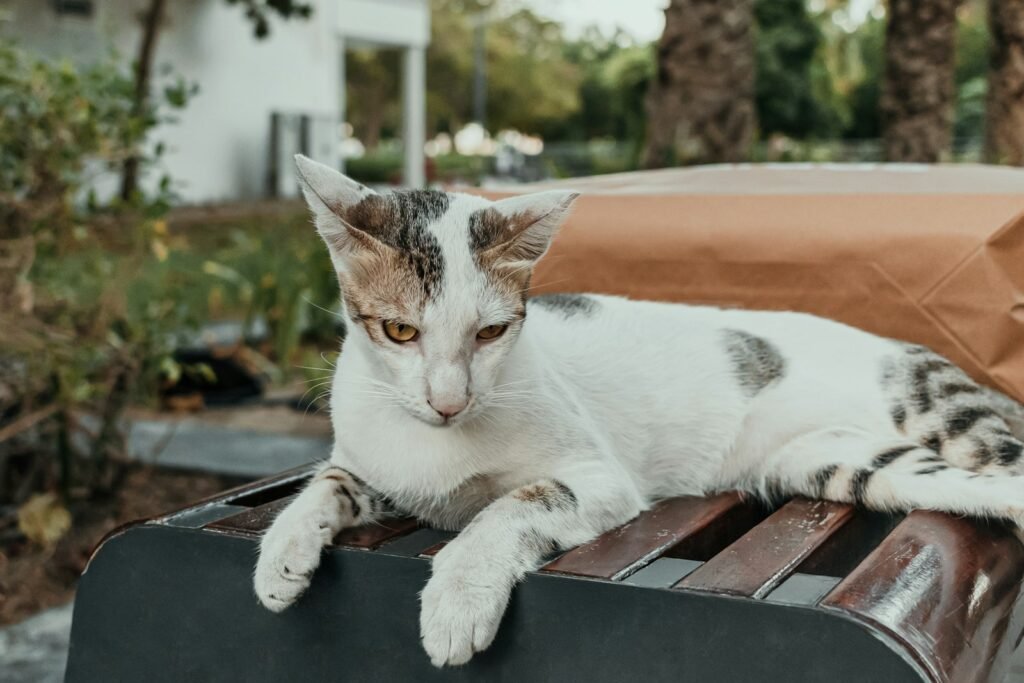
In contrast, purring serves different purposes rooted more in close-range communication. This characteristic is an evolutionary trait found in species that either do not require long-distance auditory signals or have different social structures. Purring often indicates contentment but can also be used to communicate a need, such as during nursing, or even to self-soothe.
Anatomical Insights into Purring
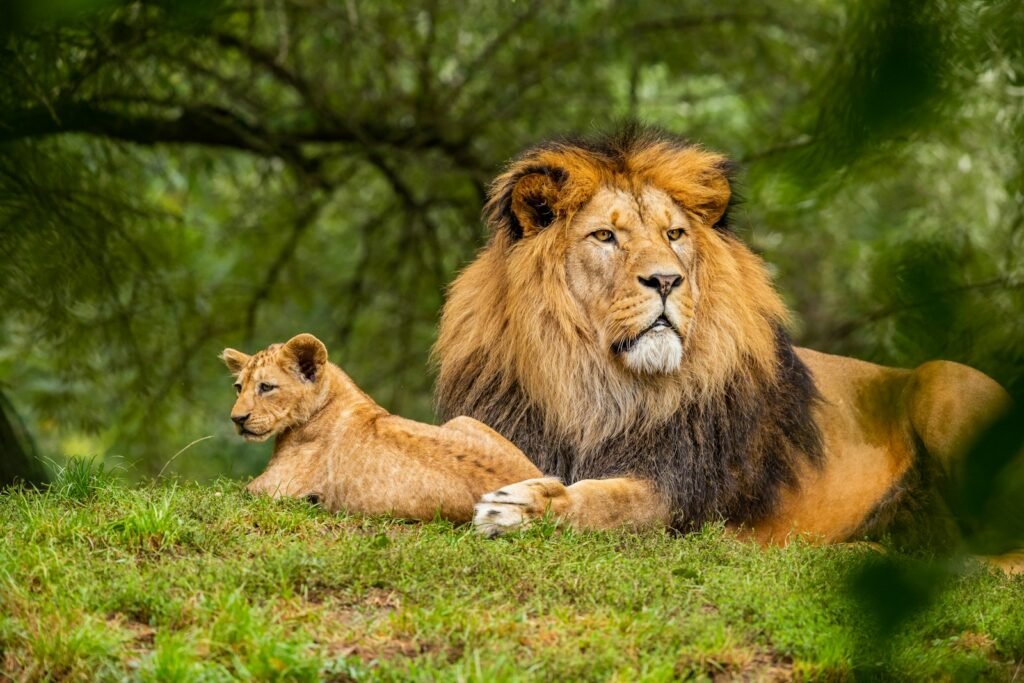
Purring involves a different set of anatomical features. It is produced through the rapid twitching of muscles within the larynx, occurring at about 25 to 150 vibrations per second. The consistent rhythmic pattern can function without disruption during inhalation or exhalation, creating the continuous sound associated with purring.
Species-Specific Communication
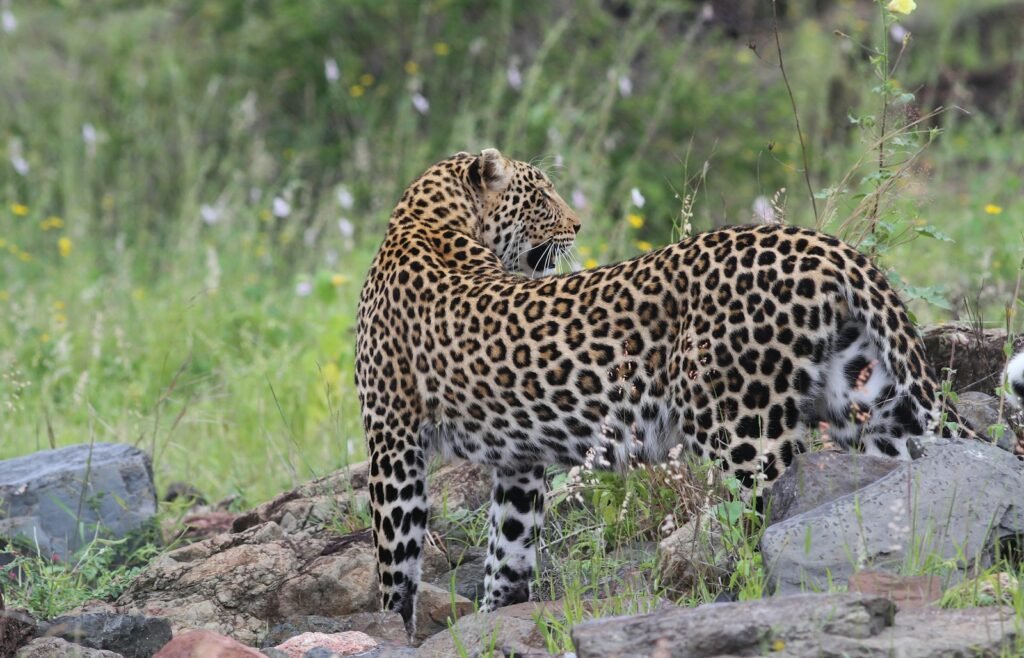
Communication among big cats is species-specific, driven largely by environmental needs and social behaviors. Roaring species like lions exhibit complex social structures called prides, where roaring reinforces social bonds. On the other hand, purring species like cheetahs are more solitary and rely less on long-distance vocalizations.
The Role of Roaring in Social Dynamics
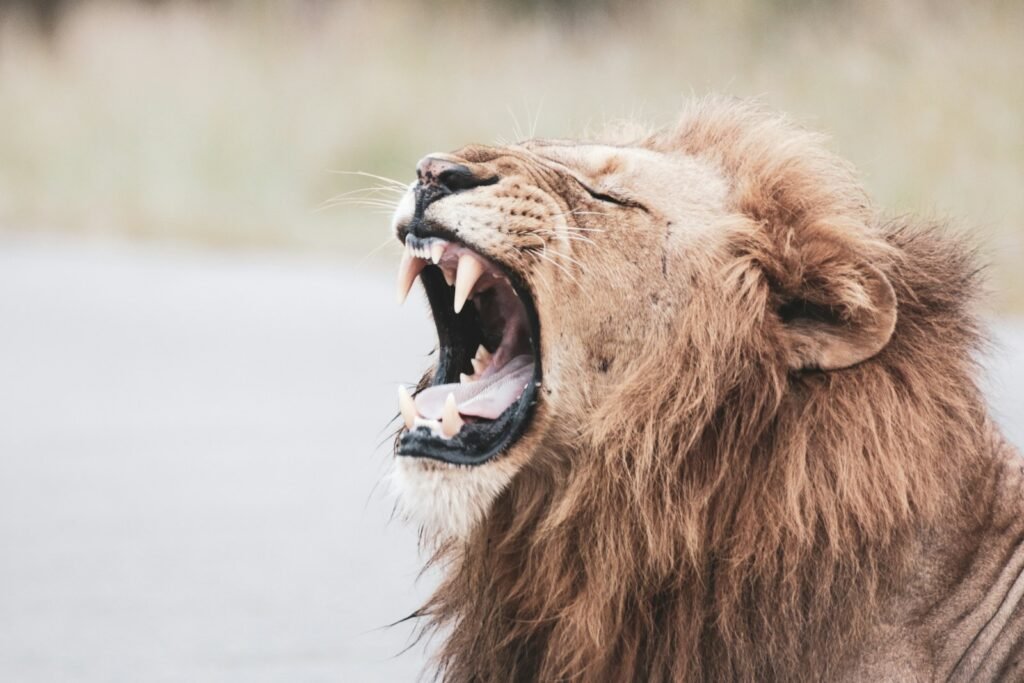
For roaring species, vocalization plays a significant role in maintaining social hierarchies and territories. Male lions, for instance, use roaring to establish dominance and repel rivals. This form of communication becomes a critical tool for survival and social cohesion.
Subtle Meanings in a Purr
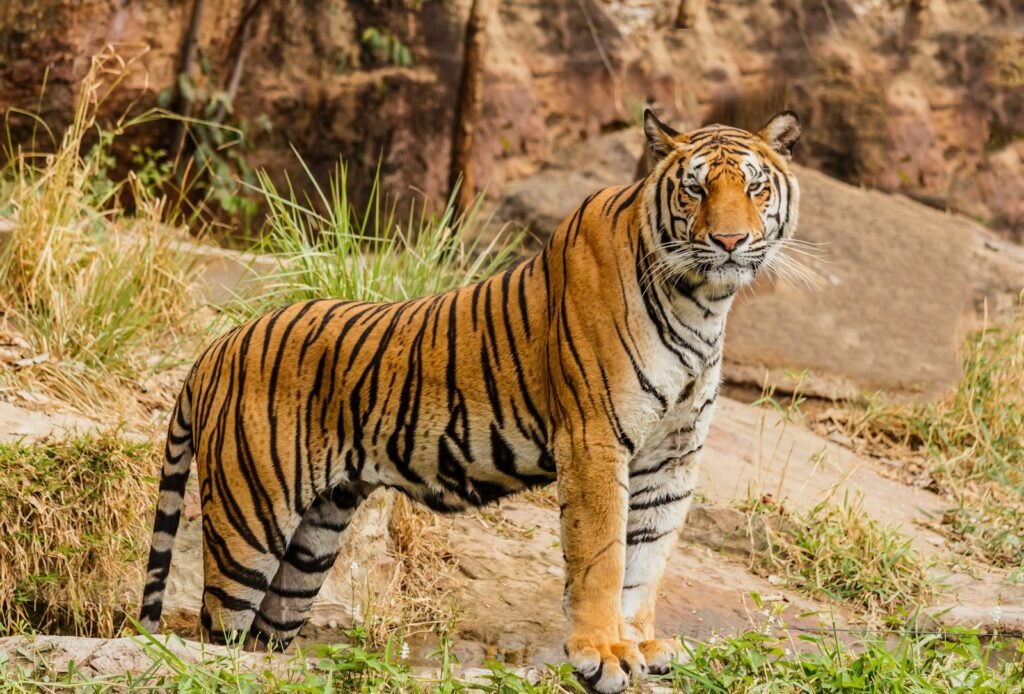
Purring conveys subtler, nuanced meanings. It can signal relaxation or contentment or be an adaptive measure for pain relief during recovery. For kittens, purring stimulates nursing and fosters a bond with their mother during the early stages of life.
Roar-Purr Dichotomy: A Case Study on Jaguars and Cheetahs
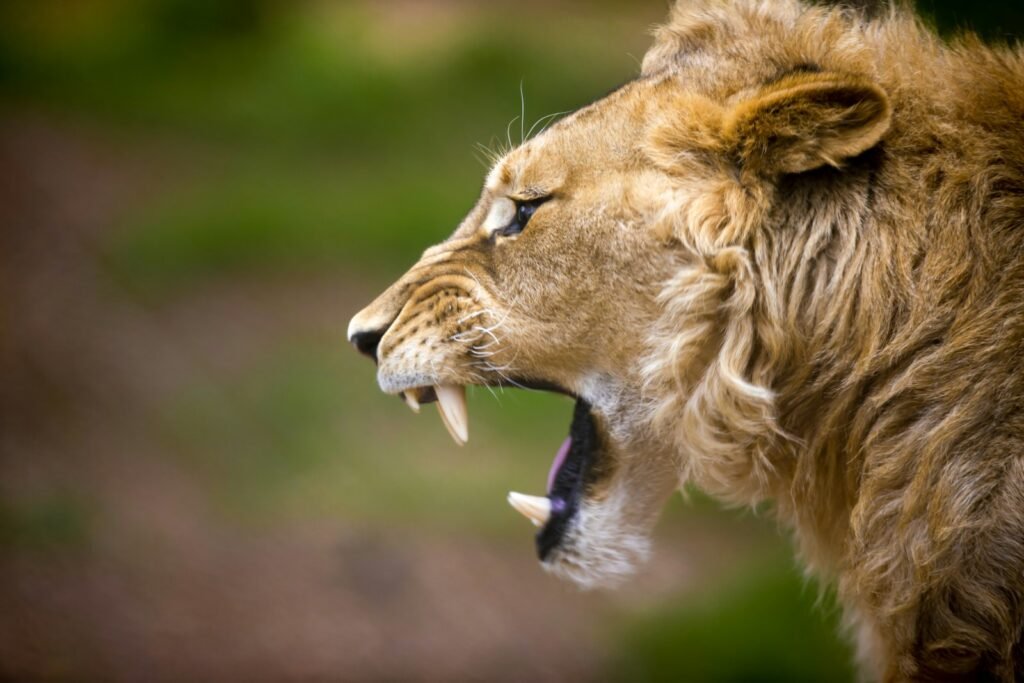
By examining the jaguar and cheetah, the roar-purr dichotomy becomes evident. Jaguars, possessing the anatomical feature needed for roaring, make their presence known through loud vocalizations, while cheetahs communicate in a series of purr-like vocalizations that serve their function in its lonely hunts and territorial claims.
Environmental Influences
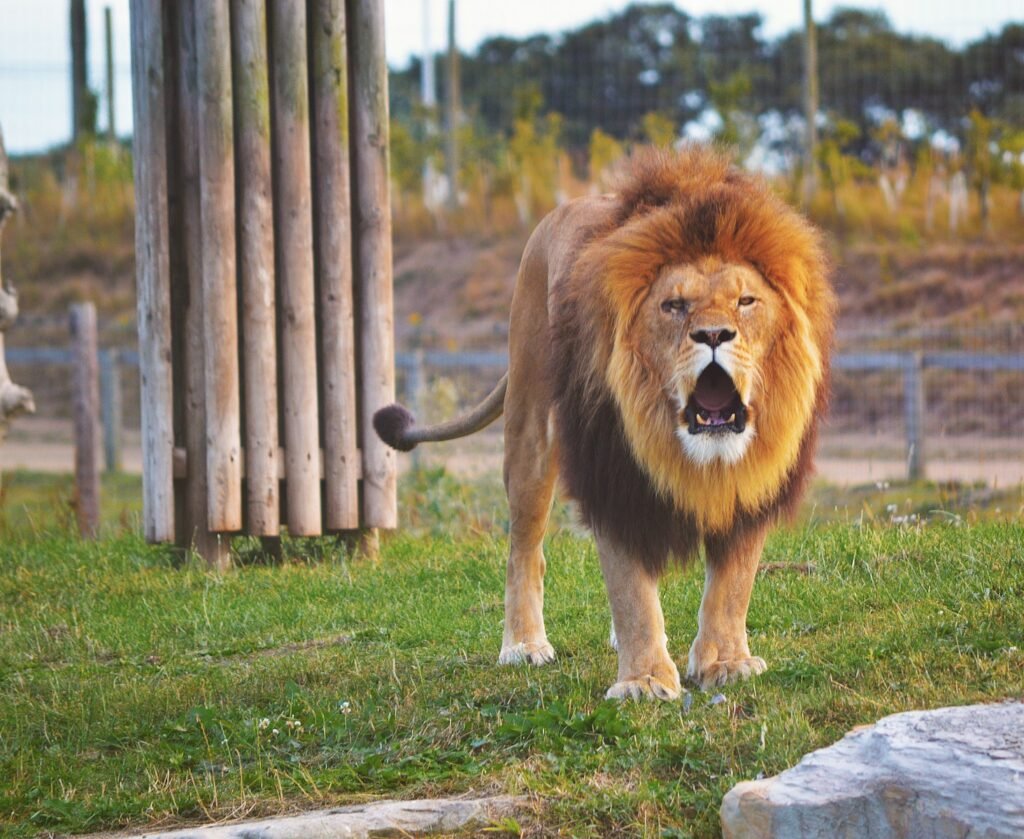
The environments these big cats inhabit also shape their communicative needs. Open grasslands require sounds that travel further, which explains why lions, living in the vast savannas, have developed roaring. In contrast, forest-dwelling big cats like purring are adapted to denser areas where sound does not need to travel as far.
Conservation Implications
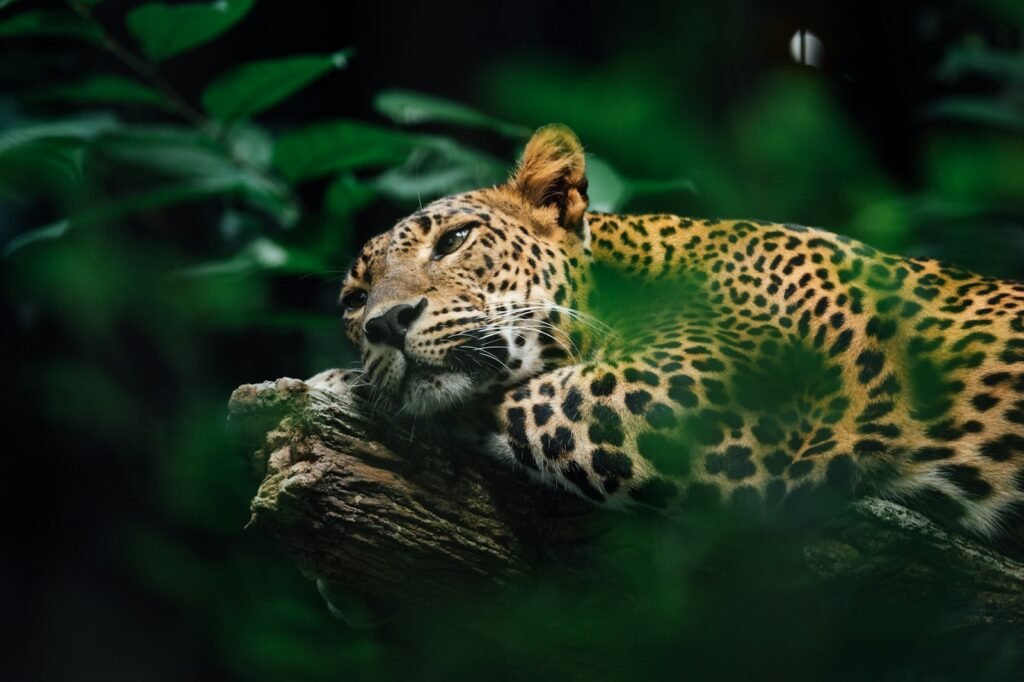
Understanding the vocal abilities of big cats can serve conservation efforts by highlighting how environmental changes might impact their natural communication. Efforts to preserve habitats should consider acoustics as part of the ecological factors sustaining these magnificent creatures.
Conclusion: A Symphony of Survival
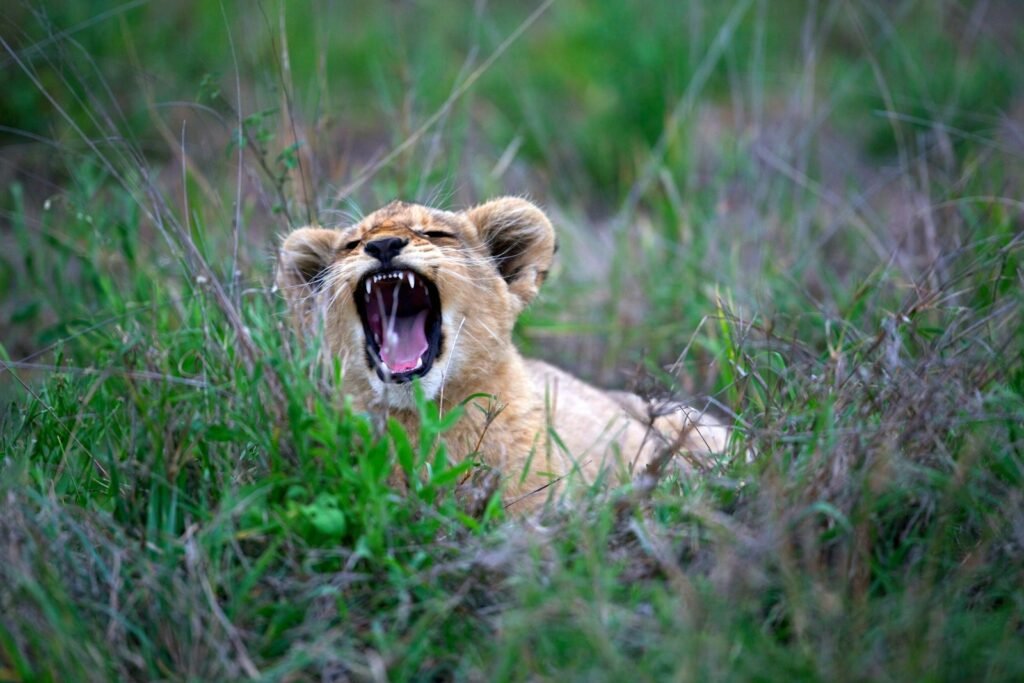
The differences between roaring and purring are more than just auditory phenomena; they represent evolutionary responses to environmental and social needs. By appreciating these unique adaptations, we gain greater insight into the majestic world of big cats. As we preserve these animals, understanding their vocalization underscores the complex tapestry of nature where every sound has a purpose, contributing to the grand symphony of survival.
Hi, I’m Bola, a passionate writer and creative strategist with a knack for crafting compelling content that educates, inspires, and connects. Over the years, I’ve honed my skills across various writing fields, including content creation, copywriting, online course development, and video scriptwriting.
When I’m not at my desk, you’ll find me exploring new ideas, reading books, or brainstorming creative ways to solve challenges. I believe that words have the power to transform, and I’m here to help you leverage that power for success.
Thanks for stopping by, Keep coming to this website to checkout new articles form me. You’d always love it!






